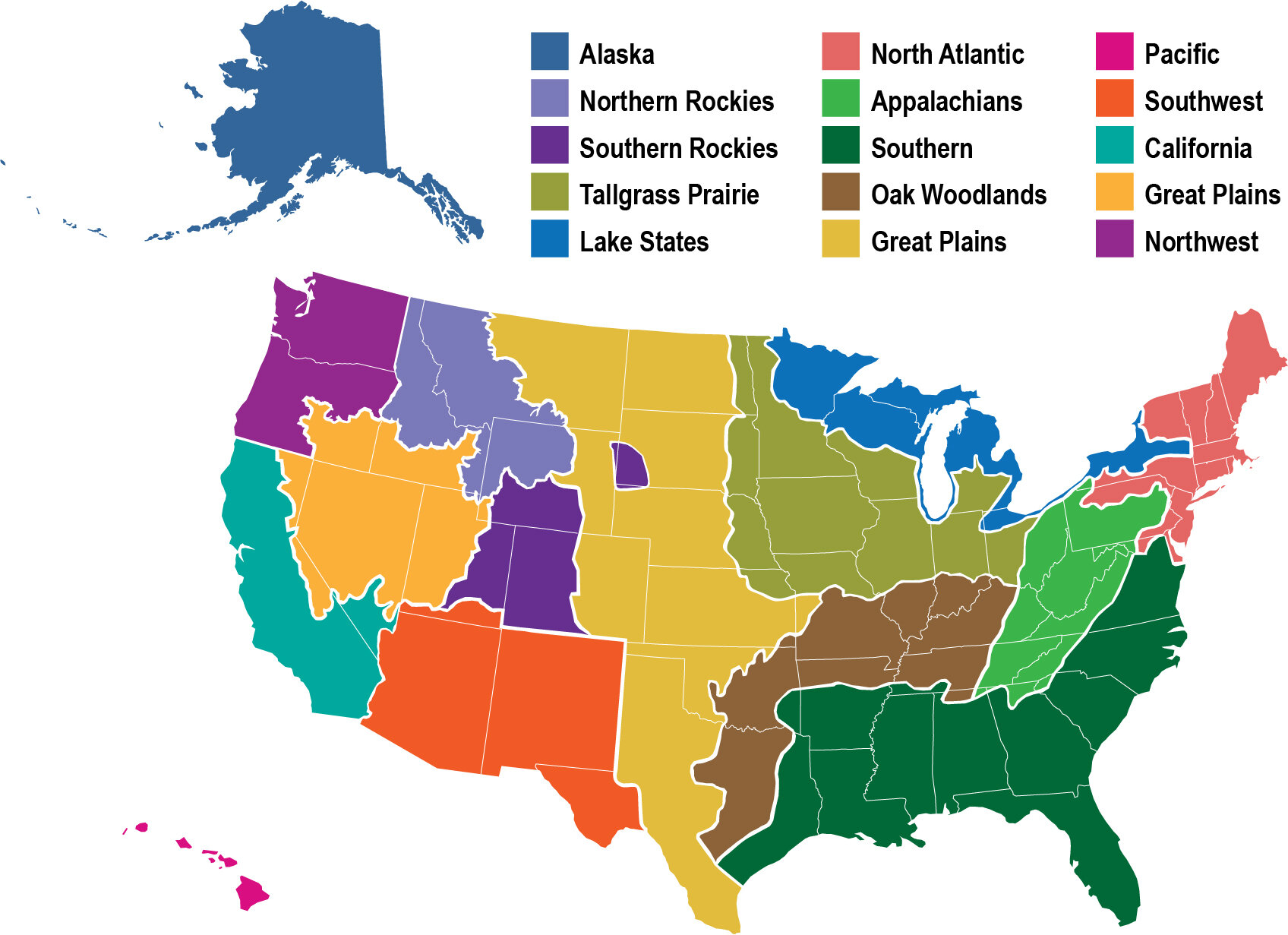Fire, Spatial Structure, and Heterogeneity in Sierra Nevada Forests: Research Brief
/A 2013 study by Kane and others demonstrates that structural variation is significantly enhanced in the fire-frequent Sierra Nevada forests with the use of predominantly low- to moderate-severity fires.
View Research Brief PDF >




